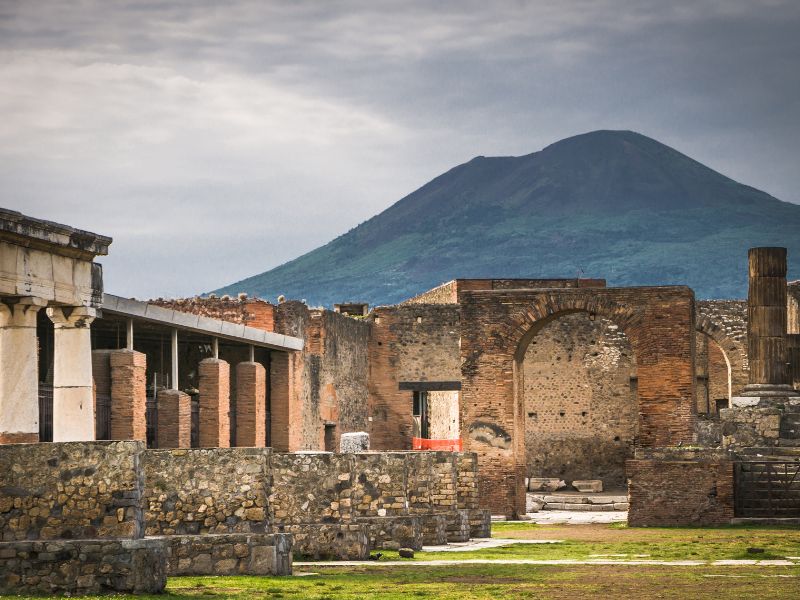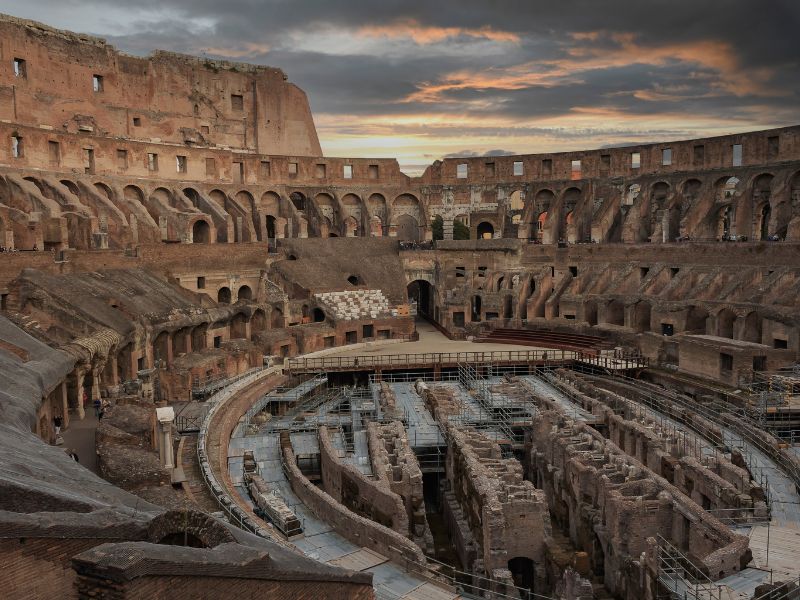Pompeii in the Second Samnite War
Table of Contents
Introduction
The Second Samnite War, which took place between the Roman Republic and the Samnites from 326 to 304 BC, marked a crucial time in the expansion of Roman power across the Italian peninsula. Pompeii in the Second Samnite War has become a location of strategic importance., situated in an area abundant with military activity.
It played a vital role in the logistical and military operations of the time. By examining Pompeii’s involvement in the Second Samnite War, we can gain a deeper understanding of the historical dynamics that contributed to Roman dominance in the region.
A thorough analysis of historical documents and archaeological evidence allows us to appreciate Pompeii’s importance during this transformative era.
Early History of Pompeii and the Samnite Wars’ Prelude

Before Rome’s dominance, Pompeii thrived as an essential town in the fertile Campanian region, characterized by its robust trade and cultural interactions. The onset of the Samnite Wars, however, shifted the dynamics of the Italian peninsula.
The Samnite Wars were a series of conflicts where Rome aimed to cement its supremacy over central and southern Italy, involving various Italic tribes, including the formidable Samnites.
Pompeii’s strategic location as a coastal town gave it immense importance, acting as a gateway for transport and military operations. Its significance became pronounced during the Second Samnite War, where it was poised as a critical foothold for Rome’s military ambitions.
The Second Samnite War’s Historical Context
The Second Samnite War was a defining episode in Rome’s saga of dominance. The protracted conflict stretched for nearly two decades, embodying the fierce resistance of the Samnites against Rome’s expansionist policies. The stakes were high, with both sides vying for control over key territories, including Campania—a region replete with strategic and economic value.
Pompeii, located at the intersection of essential trade routes and the coast, naturally fell into the crosshairs of this conflict. Its control meant not only securing a critical logistical base but also ensuring the flow of goods and military resources.
Pompeii’s Strategic Role in Roman Campaigns

Roman historian Livy offers insights into Pompeii’s military engagement during the conflict. Around 310 BC, a Roman fleet commanded by the tactician Publius Cornelius made its mark on Pompeii’s shores. It became a staging ground for Roman forces aiming to strike at Samnite positions, notably targeting the region of Nuceria—an ally of the Samnites.
The infrastructure of Pompeii proved favorable for military operations. The town’s proximity to the Sarno River facilitated the movement of troops and supplies, highlighting its role as a logistical hub. For the Romans, Pompeii was not just a tactical asset; it was a linchpin in their broader strategy to weaken Samnite influence in Campania.
Economic and Social Repercussions of the Conflict
Pompeii in the Second Samnite War experienced significant socio-economic changes. The town’s economy, which relied heavily on regional trade, faced challenges due to altered alliances and wartime disruptions. Breaking ties with Samnite allies like Nuceria forced Pompeii to adapt to Roman economic networks and political demands.
Socially, the war prompted shifts in Pompeii’s alliances, moving it closer to Roman integration. The aftermath resulted in a gradual but clear transition from Samnite to Roman patronage, reshaping the town’s societal structures and allegiances.
Architectural Evolution Influenced by Roman Power

The transition from Samnite allegiance to Roman integration was not just political; it was etched into Pompeii’s very architecture. Post-war, the town witnessed significant Roman-inspired developments. Public buildings adorned with Roman architectural styles began to dot the landscape, symbolizing the new era of governance and cultural integration.
These developments were not mere aesthetic changes; they signified Pompeii’s incorporation into the Roman world. Forums, temples, and infrastructure projects reflected Roman influence, marking the town’s evolution into a Romanized settlement.
Pompeii’s Gradual Assimilation into Roman Control
With Rome’s victory, Pompeii’s transition into the Roman realm accelerated. While initially allied with the Samnites, the town’s strategic significance catalyzed its absorption into Roman governance. Over subsequent decades, Pompeii morphed from a peripheral ally to a central ally, and eventually, a Roman colony.
Roman officials and military presence became commonplace, embedding Roman administrative practices and culture within the town. By the first century BC, Pompeii had completed its transformation—from a Samnite town to an integral part of Roman territory.
Reflections on Pompeii in the Second Samnite War

During the Second Samnite War, Pompeii was vital due to its geographical and strategic significance, serving as a crucial asset in Rome’s campaign against the Samnites.This conflict sparked significant changes that transformed Pompeii’s identity, economy, and built environment.
The transition from Samnite to Roman control laid the groundwork for its future prosperity, marking its rise to historical prominence. Pompeii’s evolution from a Samnite settlement to a fully integrated Roman town highlights the profound impact of Rome’s expansionist endeavors during this period.
Conclusion
Pompeii in the Second Samnite War showcases its vital role in Roman history, evolving from a military asset to a bustling Roman city. This transformation established its historical and cultural significance, emphasizing the intricate interplay of power and culture in the Roman era.
The war acted as a catalyst for Pompeii’s enduring legacy, captivating historians, archaeologists, and visitors to this day.
